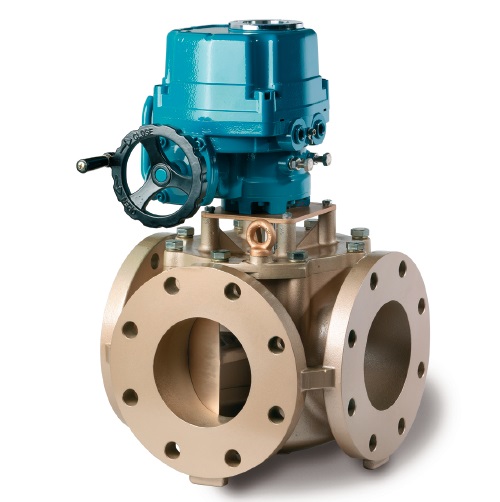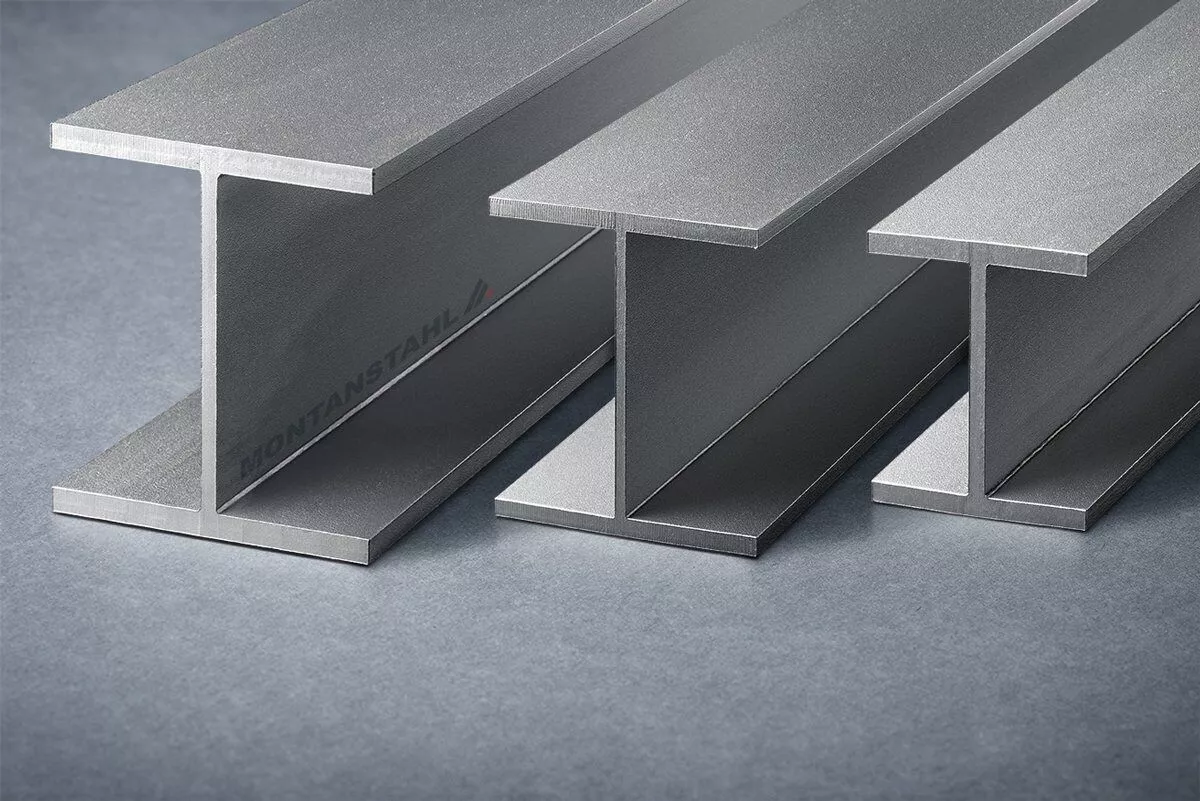A desander is a hydro cyclone base tool that separates sand and other solid particles from liquids. It is used in the oil and gas industry to clean drilling fluid before it is pumped back to the wall. This helps to maintain the quality of the fluid and ensure that the drilling process runs smoothly. Desander use centrifugal force to separate solids from liquids.
Desanders are primarily used to remove the large amounts of solids produced by extremely quick drilling of a large diameter pit, particularly when a good screen shaker is not accessible. Desanders are installed after the shale shaker and degasser. Desanders are typically a part of a wider system of fluid treatment equipment, together with desilters, they are used to remove different sizes of solids and maintain the fluid properties.

Desander can also be used in a variety of industries, including water treatment and mining. In water treatment plants, desanders are used to remove sands or other solid particles from the water before it is distributed to homes and businesses. In the mining industry, they are used to separate valuable minerals from waste material by removing sand and other impurities from the slurry.
Hydrocyclone of that kind are used in drilling to eliminate sand and silt particles from drilling fluids which have managed to pass through oil and gas vibrating screens. They can also be used in the construction industry to remove rand and other solid particles from concrete and other building materials. They are specially designed for removing sand and heavier particles from liquids and thus play a crucial role in different industrial application.
Working of Desander
Desander machine typically consists of a cylindrical chamber and a motor that spins the chamber. The liquid to be treated, such as drilling mud or produced water, is fed into the desander through an intel.
As the liquid enters the chamber, the motor causes the chamber to spin at high speed, generating centrifugal force. This force separates the solid particles, such as sand and silt, from the liquid. The heavier the particles are thrown the outer wall of the chamber and fall to the bottom, where they are collected and removed through a separate outlet.

The remaining liquid, which is now relatively clear of solid particles, is discharged through another outlet.
Desanders also has hydrocyclone, which created a vortex in the liquid, further enhancing the separation of the solid particles.
The hydro cyclone works by using centrifugal force to separate the solid particles to be thrown to the outer wall of hydrocyclone, where they fall to the bottom and are removed, similar to the process of the chamber
Types of Desanders
There are several types, some common types are:
- Hydrocyclone: Use centrifugal force to separate particles from fluid. They are typically used in oil and gas drilling operations.
- Separator: Use a combination of centrifugal force and gravity to separate particles. They are commonly used in mining and mineral processing industries.
- Centrifugal: Use a centrifugal pump to create a vortex that separates particles. These are commonly used in water treatment plants, desalination plants.
- Sand filters: used for removing sand particles from water, these desanders use gravity to separate particles.
- Vibrating Screens: These use vibrating motion to separate particles. They are commonly used in aggregated industries.
- Electrostatic: This kind use electrostatic charge to separate particles. These are used in coal industry.
- Screen: These use a mesh screen to separate solid particles from the drilling fluid. They are very inexpensive and are effortlessly easy to operate.
- Underflow: These use gravity to separate solid particles from the drilling fluid. They are relatively inexpensive and simple to handle.
Different types are suitable for different applications and can be selected based on the type and size of the particles to be removed, the flow rate and pressure of the fluif and the desired level of separation efficiency.
Feature of Desanders
- They are designed to take minimal space and can be easily integrated into existing system.
- This allows the user to adjust the flow rate and centrifugal force to optimize the separation of solid particles.
- These allow for the easy connection of the desander to the liquid or gas stream.
- Desanders are designed to take up minimal space and can be easily integrated into existing systems.
- These are typically low maintenance and require only periodic cleaning.
- These are capable of removing a high percentage of solid particles from liquid or gas streams.
- These are a cost-effective solution for removing solid particles from liquid or gas streams.
- Some desanders come with control systems and sensors that can automate the operation and provide detailed data on the performance of the device.
- These are typically made of corrosion-resistant materials that can withstand harsh environments and maintain their performance over time.
- These can be customized to meet specific requirements, such as flow rate, pressure, and particle size.
Selection of Desander
The selection of a desander for a specific application will depend on a number of factors, including the volume of fluid to be processed, the desired level of solids removal, and the operating conditions of the system. Other factors to consider include the type of fluid being processed (e.g., water, oil, or gas), the presence of any corrosive or abrasive materials, and the desired flow rate.

It is important to work with a reputable supplier or manufacturer who can provide detailed information on the performance and capabilities, as well as any certifications or compliance requirements that may be relevant to the application. It may also be beneficial to consult with an experienced engineer or consultant who can provide guidance on the selection and design of the desander.
When deciding which desander is better for a specific application, several factors should be considered:
- Solids Removal Efficiency: This should be able to effectively remove the desired number of solids from the fluid. The efficiency of solids removal is usually measured in microns (µm) or mesh size.
- Flow Rate: The desander should be able to handle the desired flow rate of the fluid. This is usually measured in gallons per minute (GPM) or cubic meters per hour (m3/h).
- Operating conditions: This should be able to operate effectively within the specific conditions of the application, such as temperature, pressure, and chemical compatibility.
- Size and weight: The desander should be the appropriate size and weight for the available space and transportation requirements
- Maintenance and operational cost: The desander should have a low maintenance and operational cost.
- Brand reputation and certifications: The desander should be from a reputable brand and have the necessary certifications and compliance requirements for the application.
It is important to note that desanders can come in many different types and designs, such as hydrocyclone, centrifugal separators, and settling tanks. It is important to consult with an experienced engineer or consultant to determine the best type of desander for the specific application, and to work with a reputable supplier or manufacturer who can provide detailed information on the performance and capabilities of their desanders.
Advantages of Desanders
- Minimal maintenance
- Compact and easy to install.
- Withstand harsh drilling environments and last for a long time.
- Inexpensive to purchase
- Improve the quality of the drilling fluid by removing unwanted solid particles
Disadvantages of Desanders
- High maintenance costs
- Limited efficiency
- High initial cost
- Limited capacity for handling large volumes of fluid.
- Generate vibration and noise during
- Limited lifespan

Overall, A desander is a device which has hydrocyclone tool which use centrifugal force to remove sand and other solid particles from liquids. It is typically used in oil and gas drilling operations, which us used to separate sand and other solids from the drilling fluid before it is pumped back into the well. The efficiency of desanders can vary depending on factors such as the size and density of the particles. These can be used in a variety of industries, including water treatment and mining.




